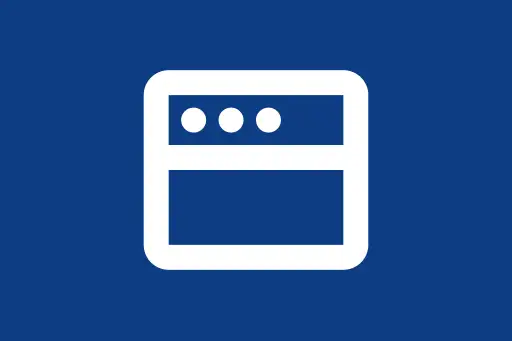JavaScript
try, catch, and finally
What is try-catch-finally in JavaScript?
In JavaScript, try, catch, and finally are used for handling runtime errors in a graceful way. They prevent your code from crashing by catching exceptions and letting you decide how to respond.
Syntax:
try {
// Code that might throw an error
} catch (error) {
// Code to handle the error
} finally {
// Code that runs no matter what
}Example 1: Basic try-catch
This example demonstrates what happens when we try to call an undefined function.
try {
someUndefinedFunction();
console.log("This line won't be executed.");
} catch (err) {
console.log("An error occurred:", err.message);
}An error occurred: someUndefinedFunction is not defined
Why does this happen?
Because someUndefinedFunction doesn't exist, JavaScript throws a ReferenceError. The catch block catches this error and allows us to log or handle it instead of letting the program crash.
Example 2: Using finally
Let's extend our previous example with a finally block to ensure some code runs regardless of an error.
try {
console.log("Trying to execute risky code...");
someUndefinedFunction();
} catch (error) {
console.log("Caught an error:", error.message);
} finally {
console.log("Finally block always runs.");
}Trying to execute risky code... Caught an error: someUndefinedFunction is not defined Finally block always runs.
Question:
When does the finally block execute?
Answer: The finally block always runs—whether or not an error was thrown or caught. It is typically used for cleanup operations like closing files or releasing resources.
Example 3: No error in try block
What happens if there is no error in the try block?
try {
console.log("No errors here!");
} catch (err) {
console.log("Error caught:", err.message);
} finally {
console.log("This still runs!");
}No errors here! This still runs!
Example 4: Re-throwing an error after catch
Sometimes you may want to catch an error, do something, and then re-throw it for higher-level handlers.
function processUserData() {
try {
JSON.parse("This is not JSON");
} catch (err) {
console.log("Logging error locally:", err.message);
throw err; // Re-throwing error
}
}
try {
processUserData();
} catch (e) {
console.log("Caught again at higher level:", e.message);
}Logging error locally: Unexpected token T in JSON at position 0 Caught again at higher level: Unexpected token T in JSON at position 0
Points to Remember
tryis used to wrap code that may throw errors.catchhandles the error and prevents the program from crashing.finallyalways executes—used for cleanup logic.- You can nest
try-catch-finallyblocks and re-throw errors if needed.
Common Use Cases
- Parsing user input (like JSON)
- Working with external APIs that might fail
- Cleanup tasks (closing database connections, timers, etc.)
Quick Quiz
Q: Will finally execute if there is a return statement in try?
A: Yes. finally always executes, even if try or catch returns a value or throws an error.
function demo() {
try {
return "Returning from try";
} catch (e) {
return "Returning from catch";
} finally {
console.log("Finally runs!");
}
}
console.log(demo());Finally runs! Returning from try
Next Topic ⮕Console API and Debugging in Browser - JavaScript Debugging Tools











Comments
Loading comments...